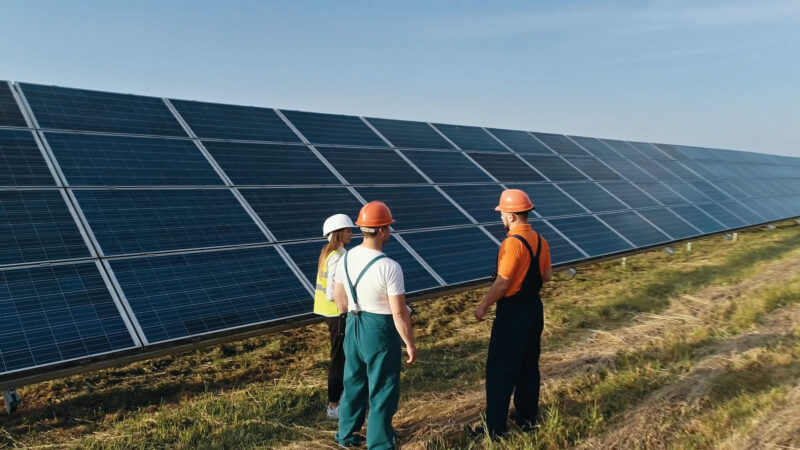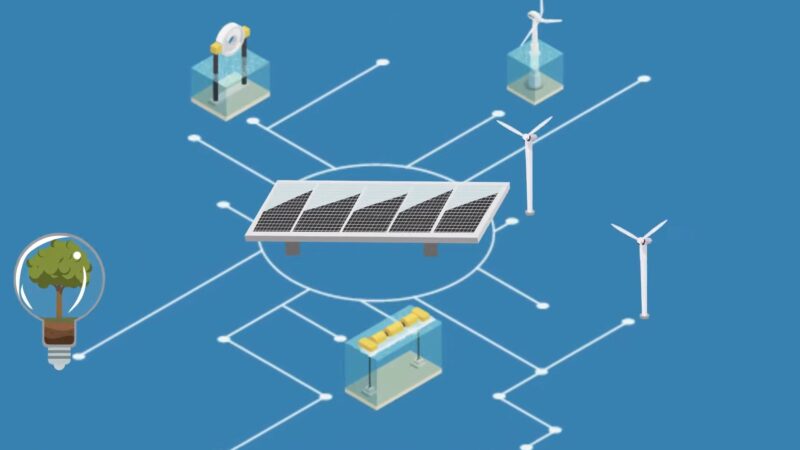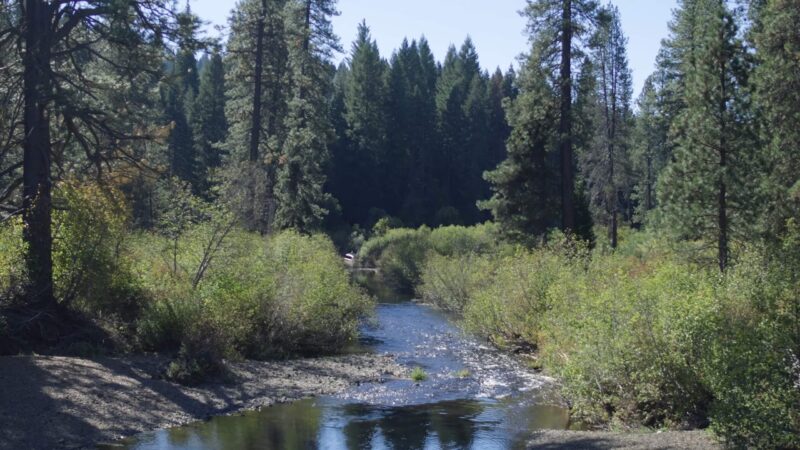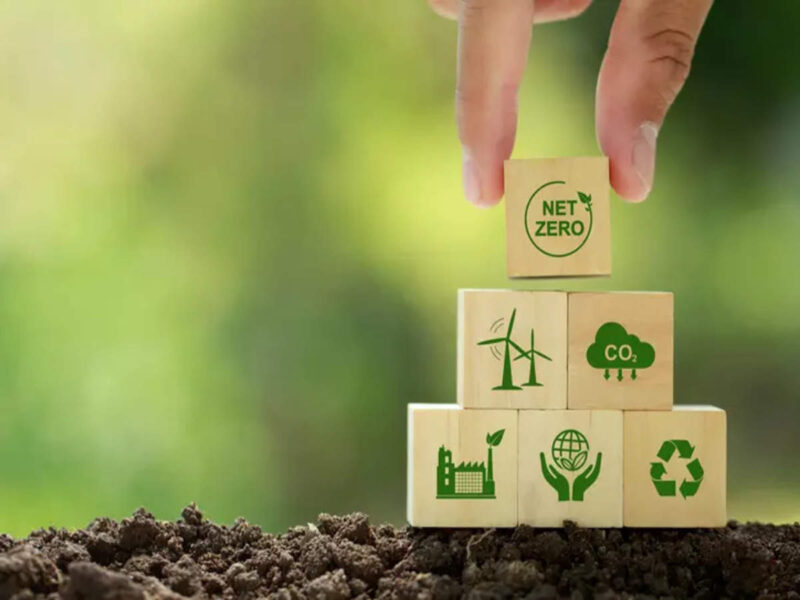In a world where the impacts of climate change are becoming increasingly impossible to ignore, businesses and individuals alike are seeking ways to reduce their carbon footprint.
Carbon offsets have emerged as a vital tool in the fight against climate change, offering an innovative solution for those looking to make a positive environmental impact while also potentially turning a profit.
But what exactly are these, and how can you tap into this green market? This guide will walk you through the process of producing and selling carbon offsets, turning eco-conscious initiatives into lucrative opportunities.
Key Takeaways
- Landowners have various options for carbon offset projects, including forestry initiatives, improved agricultural practices, renewable energy projects, and methane capture techniques, each with its own method for reducing or sequestering carbon.
- Producing carbon offsets contributes to combating climate change by reducing or capturing carbon emissions and also offers landowners the potential for additional income through the sale of carbon credits.
- For these offsets to be marketable, they must be verified and certified by recognized standards.
- There’s a growing market for carbon offsets, driven by companies, governments, and individuals looking to compensate for their carbon emissions.
Step 1: Identify Your Carbon Reduction Project

The first step in making money from carbon offsets is to identify a project that either reduces greenhouse gas emissions or captures carbon from the atmosphere. Projects can range from planting trees and restoring wetlands to installing solar panels or wind turbines.
The key is to select a project that is not only viable and sustainable but also verifiable and quantifiable in terms of its carbon reduction capabilities.
Step 2: Ensure Verifiability and Certification
For your offsets to be marketable, they must meet certain standards and certifications. Organizations such as the Verified Carbon Standard (VCS), Gold Standard, and the Climate Action Reserve ensure that carbon offset projects adhere to strict guidelines and genuinely contribute to carbon reduction.
Getting your project certified by one of these bodies involves demonstrating your project’s additionality (it wouldn’t have happened without the incentive of creating offsets), permanence, and measurable impact on carbon reduction.
Step 3: Quantify the Carbon Savings
Once your project is operational, the next step is to quantify the amount of carbon dioxide or greenhouse gases it reduces or sequesters. This often requires hiring third-party verifiers to assess and validate your project’s impact. The results of this verification process will determine the number of carbon offsets you can sell.
Step 4: Find Buyers for Your Carbon Offsets

The market for carbon offsets includes individuals, corporations, and governments looking to offset their emissions. You can sell your offsets directly to these buyers or through carbon offset marketplaces and brokers.
Pricing can vary based on the project type, location, and additional benefits (like biodiversity conservation or community development) associated with your offsets.
Step 5: Reinvest in Sustainability
Selling carbon offsets can be profitable, but the most successful projects are those that view the endeavor as part of a larger commitment to sustainability.
Reinvesting profits into your project or launching new initiatives can not only increase your carbon offset production but also contribute to a more sustainable and environmentally friendly business model.
What Are Carbon Credits Worth?
| Market Type | Lowest Estimated Value ($/ton CO2e) | Average Estimated Value ($/ton CO2e) | Highest Estimated Value ($/ton CO2e) | Key Factors Influencing Price |
| Voluntary Market | 3 | 15 | 50 | Project type, location, additional environmental or social benefits |
| Compliance Market | 5 | 20 | 50 | Regulatory requirements, specific industry demand |
This table highlights the estimated variability in carbon credit pricing, which depends on whether the credits are traded in the voluntary or compliance market, as well as other factors such as project type and location, regulatory requirements, and specific industry demands.
How Can Landowners Produce Carbon Offsets?
1. Forestry Projects

- Plant Trees: Start forests on lands without trees for a long time or replant in areas where forests were cut down. Trees capture CO2 from the air as they grow.
- Provide Better Forest Care: Change how we manage forests to hold more carbon. This might include waiting longer before cutting trees, cutting fewer trees, and keeping the forest healthy to fight pests.
2. Farming Practices
- Improve Soil: Use farming methods that make the soil healthier and richer in carbon, like planting cover crops, plowing less, or rotating crops. Rich soil traps a lot of carbon.
- Biochar: Turn farm waste into a stable kind of charcoal and mix it into the soil to lock carbon away for a very long time.
3. Renewable Energy

Make energy from leftover farm materials instead of fossil fuels, cutting down on carbon emissions. Managing this right means we really reduce emissions. Put solar panels on land that isn’t good for farming to produce clean energy, helping to lower emissions from traditional energy sources.
4. Capturing Methane
Set up systems to catch methane gas from animal waste. Devices like methane digesters can turn this waste into clean energy and cut down on methane pollution. Grab methane gas from the decay of organic waste in landfills and use it for energy.
FAQs
Can any landowner start a carbon offset project?
Yes, any landowner can do it, but the project’s feasibility depends on factors like the size of the land, its current use, and the potential for carbon sequestration or emission reductions. It’s also important to consider the investment needed and the specific requirements for certification.
How long does it take to generate revenue from carbon offsets?
The time frame varies. It can take several years, as it involves planning the project, implementing changes, and then going through the process of verification and certification. Once the offsets are certified and sold, regular revenue can be expected based on the agreement with buyers.
Are there any upfront costs involved in starting a carbon offset project?
Yes, there is usually the cost for land preparation, project implementation, and the verification and certification process. These costs will vary depending on the project type and scope. Some projects may also qualify for grants or financial assistance.
How do I find buyers for my carbon offsets?
Buyers can be found through marketplaces, brokers, or directly contacting companies and organizations looking to offset their carbon emissions. Networking and marketing your project effectively is key to finding buyers.
Can carbon offset projects fail? What happens then?
Yes, projects can fail if they don’t achieve the expected carbon sequestration or emission reductions, or if they’re not managed properly over time. If a project fails to meet its goals, it may need to be adjusted or ended, and any sold carbon offsets might need to be replaced or compensated for by the project owner.
Are there legal considerations to be aware of when starting a carbon offset project?
Yes, there are legal considerations, including land use rights, project contracts, and the sale of carbon credits. It’s important to consult with legal experts to ensure that your project complies with local laws and international standards for carbon offset projects.
Summary
Producing and selling carbon offsets offers a unique opportunity to combat climate change while potentially making a profit. However, success in this field requires careful planning, adherence to rigorous standards, and a genuine commitment to environmental sustainability.
By following the steps outlined in this guide, you can embark on a rewarding journey that benefits both the planet and your bottom line.
